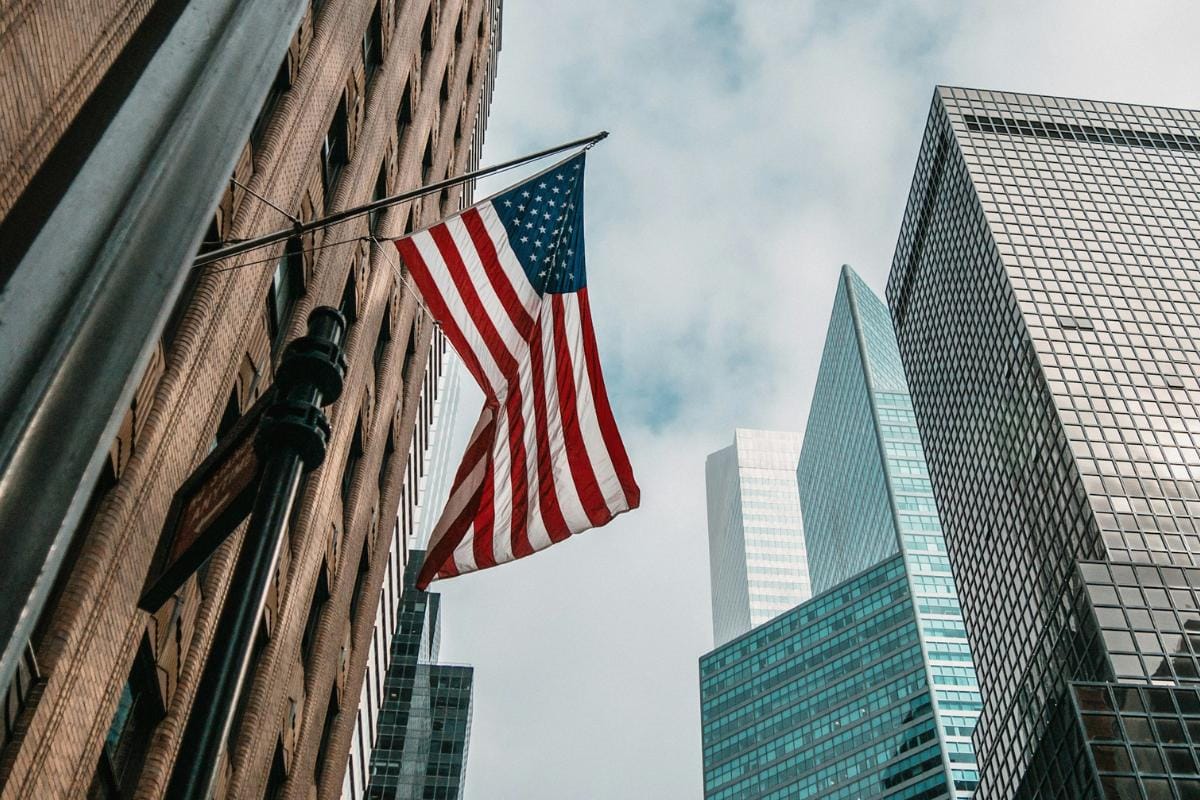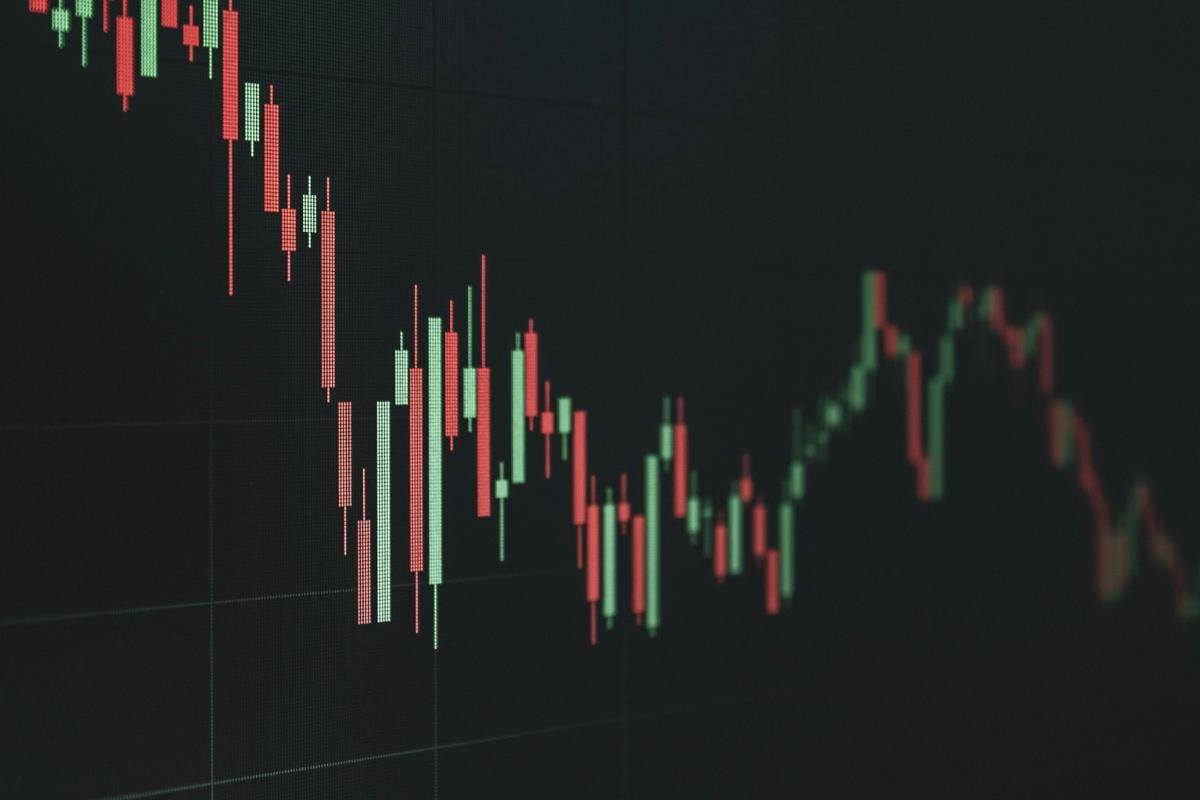Federal Reserve Chair Jay Powell’s warning in Philadelphia is the clearest sign yet that another rate cut is coming and the US central bank is playing catch up again, warns the CEO of one of the world’s largest independent financial advisory organisations deVere Group.
Citing a sharp rise in downside risks to employment, Powell acknowledged this week that the labor market is showing renewed weakness, with both hiring and job availability sliding.
The remarks, coming just weeks before the Fed’s October 28–29 policy meeting, have reinforced market bets on another 25-basis-point reduction in interest rates.
The S&P 500 turned positive after Powell’s speech, closing 0.3% higher in New York as traders moved to price in fresh easing. It would mark the second consecutive cut following September’s decision to bring the federal funds target range down to 4 to 4.25%, the first move lower in almost five years.
The comments arrived alongside new ADP data showing that US companies shed 32,000 jobs in September, an unmistakable signal that the long era of uninterrupted job creation is ending. With official Bureau of Labor Statistics data still delayed by the government shutdown, the Fed is now relying on private indicators and internal models to assess the slowdown.
Nigel Green, CEO of deVere Group, says Powell’s comments confirm what the markets already suspected, that the central bank is behind the curve once again.
“Powell is reacting to trends that have been clear for months,” says Nigel Green. “We had to wait for a so-called business-friendly administration before America began losing tens of thousands of jobs a month after four years of steady expansion. The reversal is sharp and telling, and it has forced the Fed to shift from patience to panic.”
Powell’s record, he notes, is defined by hesitation at key turning points. “In 2018, the Fed tightened too long and too hard, only to reverse course months later when markets sold off.
“In 2021, officials underestimated inflation for nearly a year before being forced into the most aggressive rate-hiking cycle in decades.
“Now, the same pattern is seemingly repeating on the way down. Powell waits until the evidence is overwhelming, and by then the economy has already slowed.”
The warning marks a turning point in tone for a central bank that, until recently, was still more concerned about inflation than employment. “The narrative has flipped,” he adds. “The focus is now on jobs and growth, and that means policy will have to become much looser. Every delay reduces the impact of the next move.”
Nigel Green says the signs of strain across the economy are unmistakable. “Hiring freezes are spreading, consumer confidence is softening, and small businesses are feeling the squeeze of tighter financing and higher costs. The Fed’s earlier tightening, combined with tariff pressures and weakening global demand, has finally hit home.”
He warns that Powell’s latest tone, cautious but reactive, could deepen uncertainty. “Markets move on expectations. When policy lags, volatility rises. Investors want clarity and consistency. Right now, they are getting neither.”
Despite that, he says, strategic investors are already positioning for opportunity.
“When rates fall, capital searches for yield. The next phase of this cycle will reward those who act early. We are likely to see renewed appetite for equities, particularly high-quality growth stocks with strong balance sheets and exposure to technology and digital infrastructure. Lower yields will also support global diversification and selective exposure to emerging markets.”
The deVere chief executive says the forthcoming easing cycle could spark a broader shift in asset allocation. “This is not the time for investors to sit still,” he says. “Monetary policy is moving again, and liquidity is about to return to the system. The investors who anticipate rather than react will define the next market phase.”
With the Fed now openly acknowledging that the labor market is faltering, Nigel Green says the momentum for policy reversal is unstoppable. “Another cut this month looks almost certain. The real question is whether it will be enough to restore confidence before job losses deepen further.”
He concludes: “Powell’s latest remarks underline that the Fed is once again reacting to markets rather than leading them. But while policy catches up, fresh opportunities are emerging. Those who recognise that shift and position early stand to gain the most.”








![[UNS] tax](https://ifamagazine.com/wp-content/uploads/wordpress-popular-posts/788955-featured-300x200.webp)






